42 histogram labels in r
› r-programming › histogramR hist() to Create Histograms (With Numerous Examples) Histogram can be created using the hist() function in R programming language. This function takes in a vector of values for which the histogram is plotted. Let us use the built-in dataset airquality which has Daily air quality measurements in New York, May to September 1973.-R documentation. en.wikipedia.org › wiki › HistogramHistogram - Wikipedia A histogram is an approximate representation of the distribution of numerical data. The term was first introduced by Karl Pearson . [1] To construct a histogram, the first step is to " bin " (or " bucket ") the range of values—that is, divide the entire range of values into a series of intervals—and then count how many values fall into each ...
statisticsglobe.com › histogram-in-base-r-histCreate a Histogram in Base R (8 Examples) | hist Function ... Figure 7: Histogram & Density in One Plot. Figure 7 shows the output after running the whole R code of Example 7. Example 8: Histogram with Values on Top of Bars. The hist command can also be used to extract the values of our histogram. Have a look at the following R syntax:

Histogram labels in r
› graphs › densityQuick-R: Density Plots Histograms and Density Plots Histograms. You can create histograms with the function hist(x) where x is a numeric vector of values to be plotted. The option freq=FALSE plots probability densities instead of frequencies. epirhandbook.com › en › epidemic-curves32 Epidemic curves | The Epidemiologist R Handbook The histogram bin breaks are defined with seq.Date() as explained above to begin the Monday before the earliest case and to end the Monday after the last case; The interval of date labels is specified by date_breaks = within scale_x_date() The interval of minor vertical gridlines between date labels is specified to date_minor_breaks = r-graphics.org › recipe-quick-histogram2.4 Creating a Histogram | R Graphics Cookbook, 2nd edition This cookbook contains more than 150 recipes to help scientists, engineers, programmers, and data analysts generate high-quality graphs quickly—without having to comb through all the details of R’s graphing systems. Each recipe tackles a specific problem with a solution you can apply to your own project and includes a discussion of how and why the recipe works.
Histogram labels in r. › histogram-in-r-programmingHistogram in R Programming - Tutorial Gateway Remove Axis and Add labels to Histogram in Rstudio. In this example, we remove the X-Axis, Y-Axis, and how to assign labels to each bar in the rstudio histogram using axes, ann, and labels argument. axes: It is a Boolean argument. If it is TRUE, the axis is drawn. labels: It is a Boolean argument. If it is TRUE, it returns the value on top of ... r-graphics.org › recipe-quick-histogram2.4 Creating a Histogram | R Graphics Cookbook, 2nd edition This cookbook contains more than 150 recipes to help scientists, engineers, programmers, and data analysts generate high-quality graphs quickly—without having to comb through all the details of R’s graphing systems. Each recipe tackles a specific problem with a solution you can apply to your own project and includes a discussion of how and why the recipe works. epirhandbook.com › en › epidemic-curves32 Epidemic curves | The Epidemiologist R Handbook The histogram bin breaks are defined with seq.Date() as explained above to begin the Monday before the earliest case and to end the Monday after the last case; The interval of date labels is specified by date_breaks = within scale_x_date() The interval of minor vertical gridlines between date labels is specified to date_minor_breaks = › graphs › densityQuick-R: Density Plots Histograms and Density Plots Histograms. You can create histograms with the function hist(x) where x is a numeric vector of values to be plotted. The option freq=FALSE plots probability densities instead of frequencies.


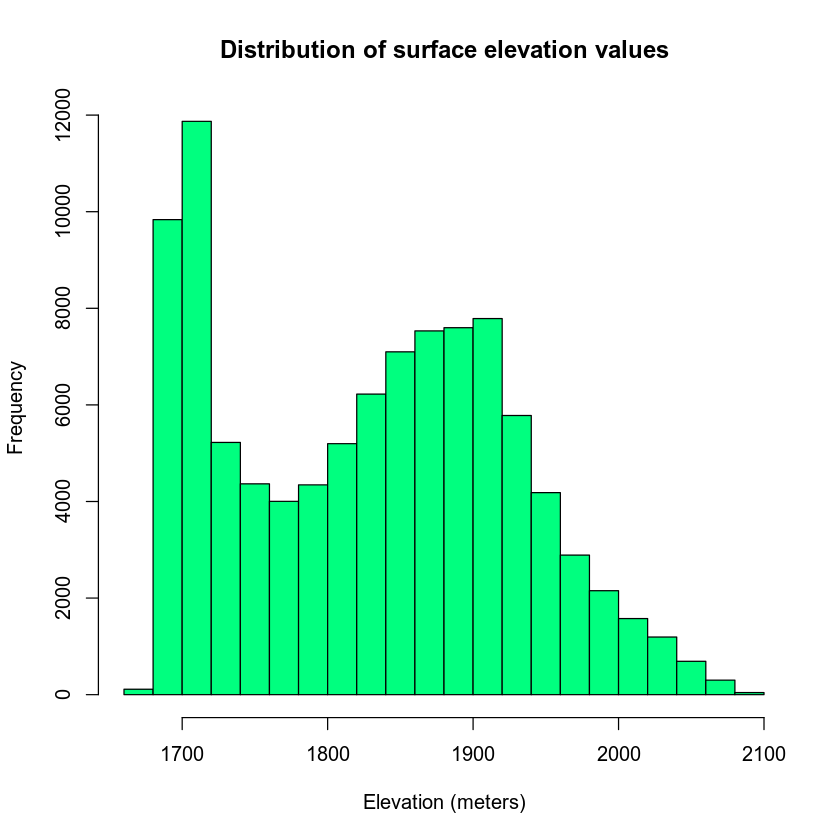
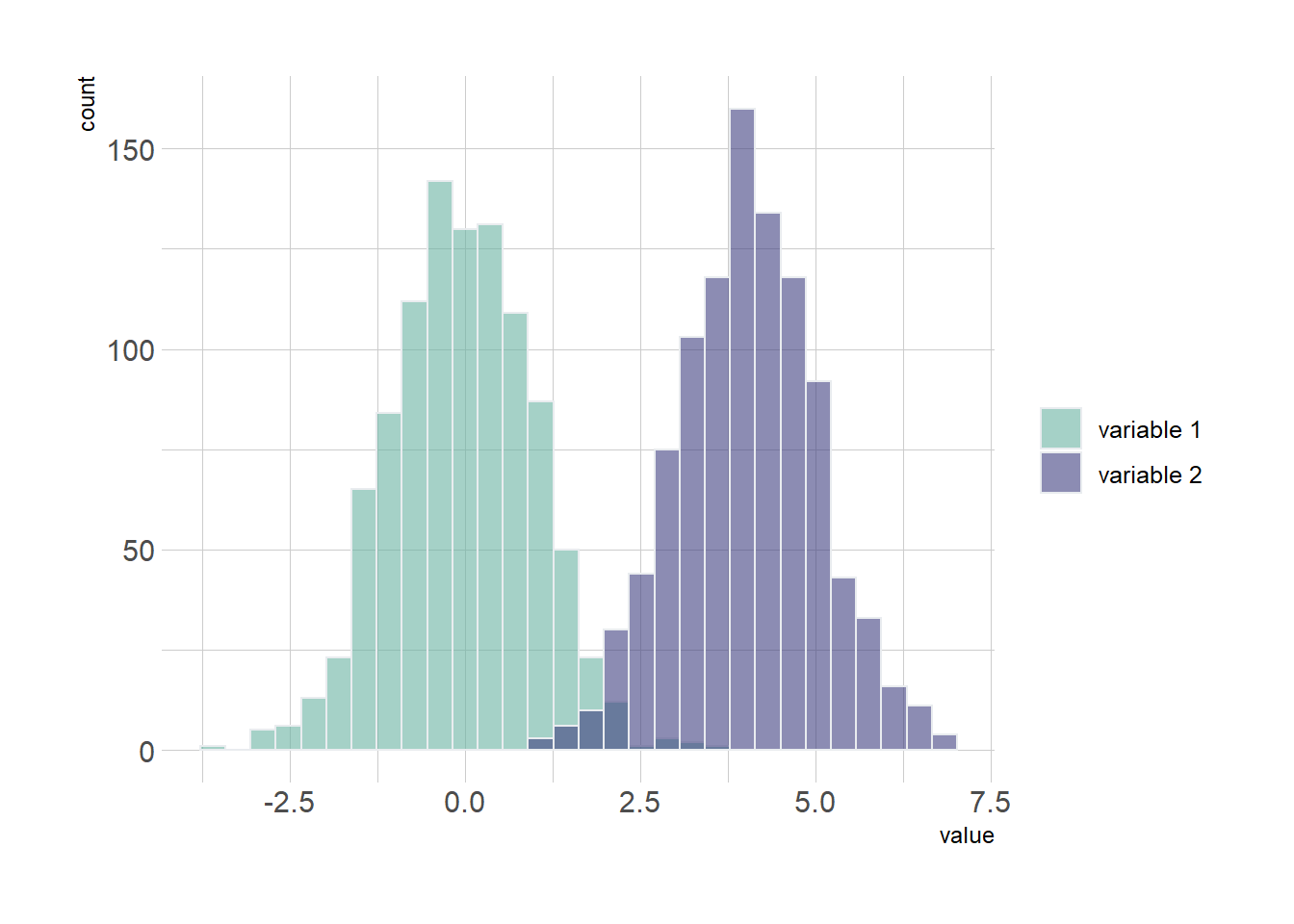

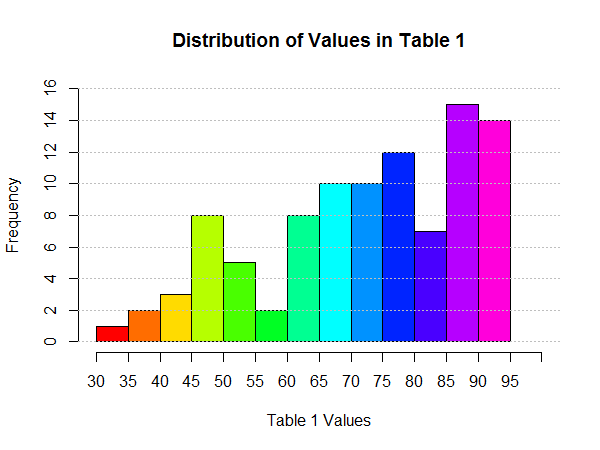
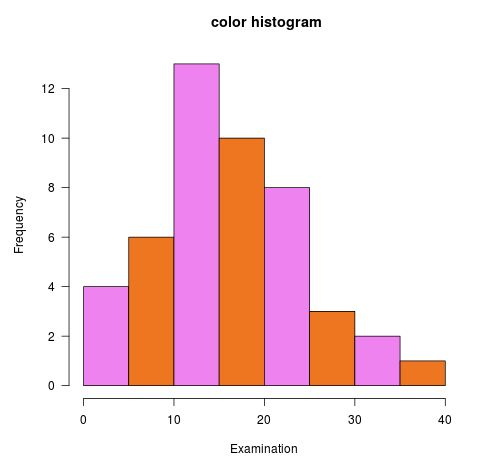














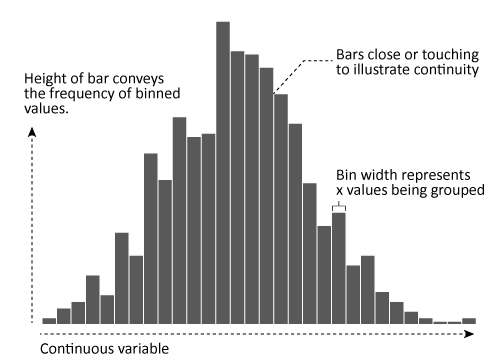
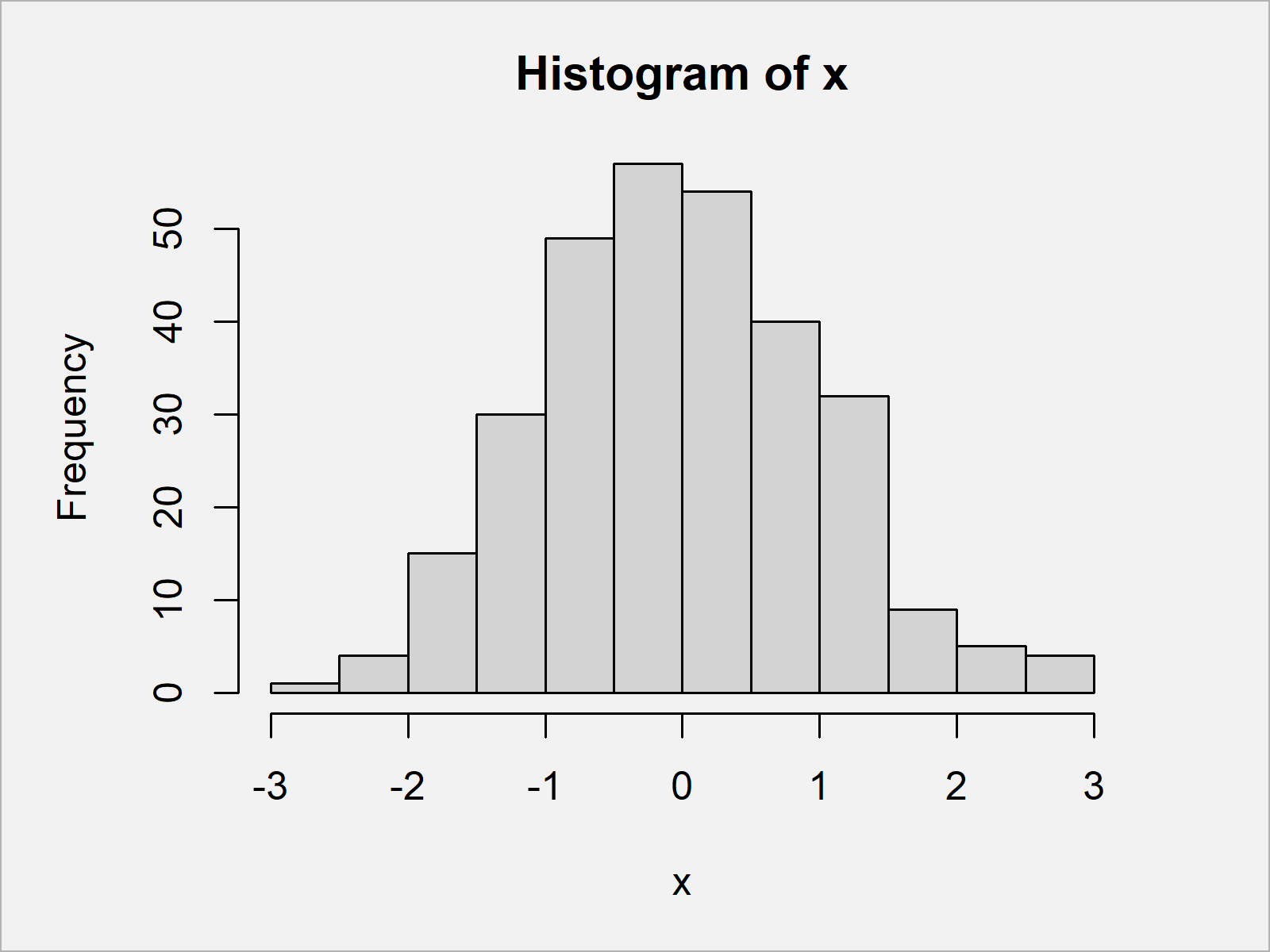








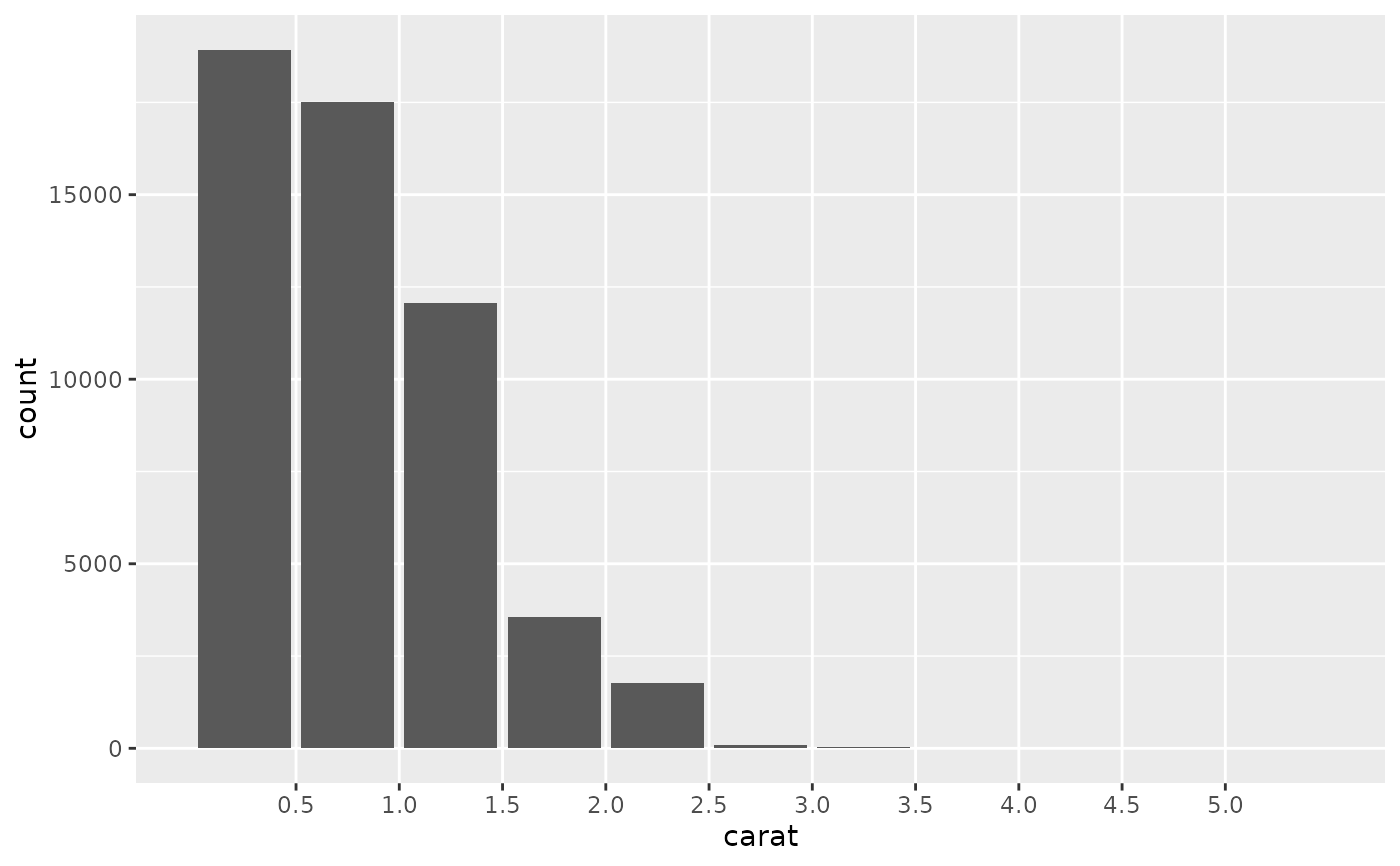


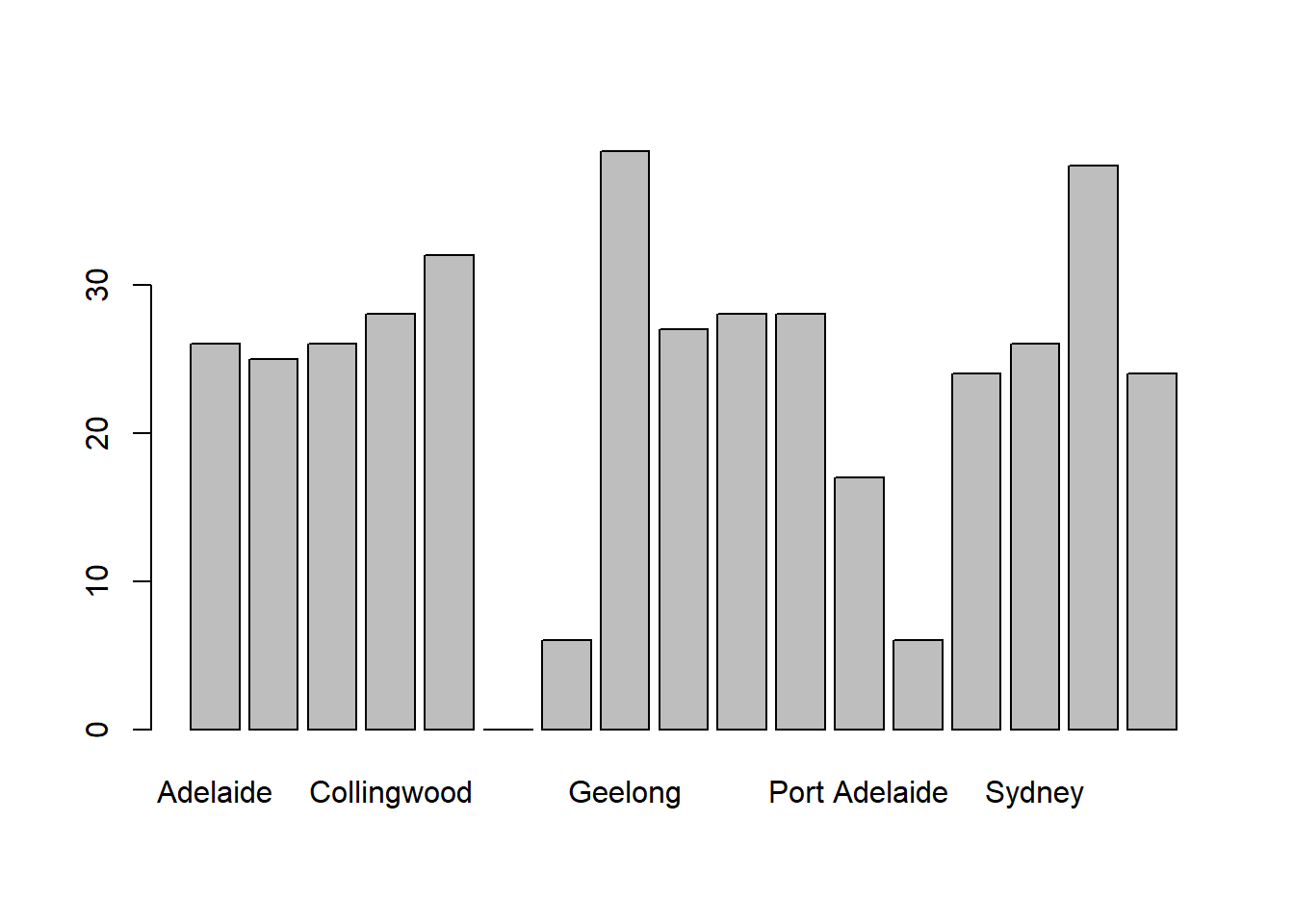

Post a Comment for "42 histogram labels in r"